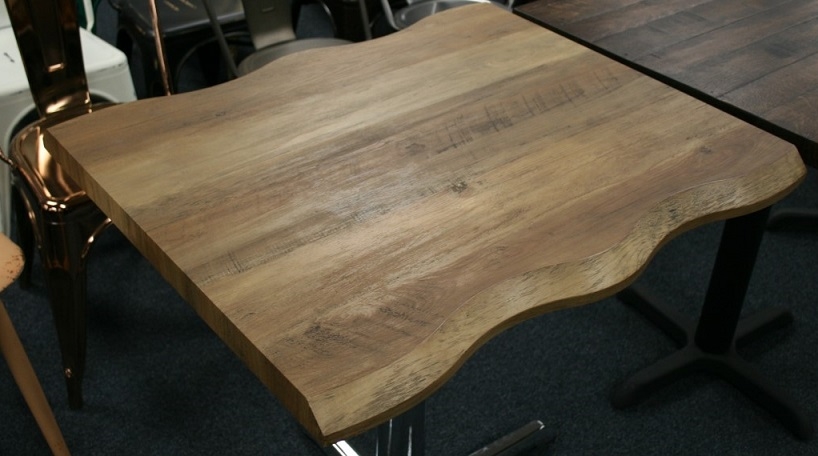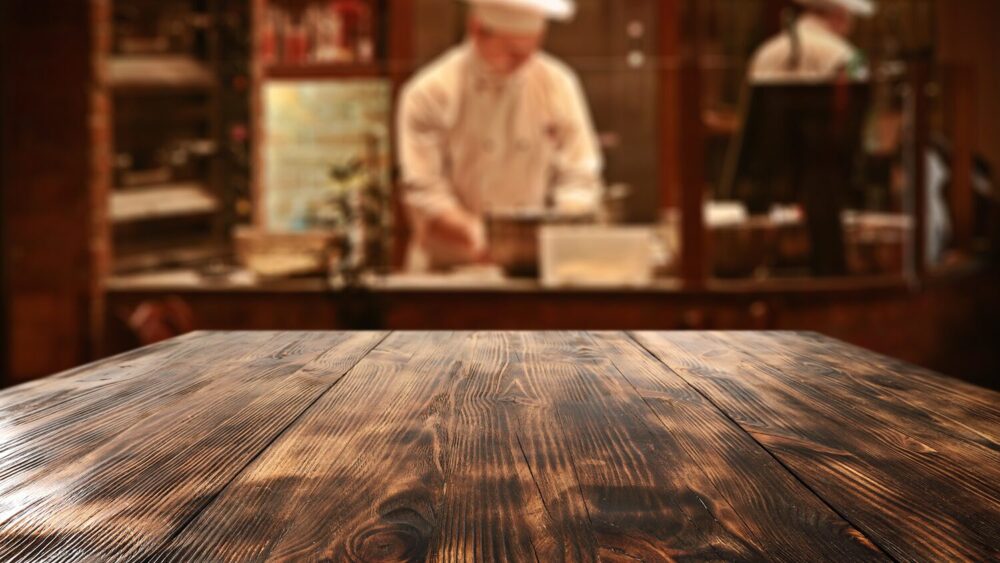The restaurant experience is a fusion of flavors, atmosphere, and presentation in the world of cuisine. Although most customers give it little attention, the tabletop their meals are served on significantly impacts their feelings. Restaurant tabletops have changed from being only a place to set meals down to becoming a blank canvas for creativity, a representation of a restaurant’s character, and an element of the whole eating experience.
From Classic to Contemporary
Restaurant tabletops have travelled an interesting path, reflecting changes in both style and gastronomic tastes over time. In the past, formal dining rooms preferred beautiful china and linen tablecloths. The tactile pleasure of a clean tablecloth and the beauty of excellent china created an impression of refinement. But as modernism gained hold, a trend towards more straightforward, more useful designs emerged.
Modern restaurants have begun to use sleeker materials like wood, glass, and metal. This change was motivated by aesthetics and practical considerations, such as more straightforward maintenance and faster client turnaround times. The tabletop’s move from a backdrop element to a design component in its own right began with this change to cleaner lines and neutral tones.

A Canvas for Creativity
Tabletops have recently been reimagined as empty canvases for artistic expression in the restaurant business. Nowadays, many eateries use tabletops to highlight regional craftsmanship, convey a narrative, or even start a dialogue. Restaurants have started using hand-painted patterns, unique designs, and etched motifs to express their brand identity and surprise diners.
Intricate seashell designs on a restaurant’s tabletops, for instance, may instantly transport guests to the beach, even if they are miles away. Similarly, a historically significant business may include engravings that tell stories from the past, giving visitors a multisensory experience. These original elements arouse interest and help guests feel more connected to the restaurant.
Reflecting on Identity and Cuisine
Additionally, tabletops represent the character and food of a restaurant. Rustic hardwood tabletops are a possible choice for a farm-to-table restaurant to help patrons feel more connected to the food’s natural sources. A modern fusion restaurant’s sleek, futuristic materials could reflect a creative culinary approach. A pleasant eating experience is produced when tabletop design and culinary philosophy work harmoniously.
Additionally, the choice of tables might affect how the meal is viewed. While a textured or patterned surface may improve the overall sensory experience by adding tactile variation, a clean, minimalist tabletop may make vivid foods shine. As a result, restaurateurs and designers give great thought to how tabletops might enhance the sensory and aesthetic components of dining.

Enhancing Atmosphere
Restaurant tabletops influence the ambience of the entire eating experience in addition to aesthetics and theme coherence. The interaction of lighting, color scheme, and tabletop design influences a particular atmosphere. While brighter places could use matte surfaces to prevent glare, dimly lit restaurants might utilize reflective tabletops to emphasize the gentle glow of candles.
The distance between tabletops also adds to the atmosphere of closeness or openness. While more open layouts might accommodate guests seeking seclusion, closer arrangements provide a pleasant environment and allow contact. These factors add to the overall spatial experience and broaden the influence of tabletop design beyond the specific table.
Conclusion
Restaurant tabletops have transformed from merely flat surfaces to essential elements of the whole experience in the ever-evolving world of eating. They reflect gastronomic and design trends and provide:
- A blank canvas for creativity.
- A window into one’s individuality.
- A way to improve the eating experience.
We can anticipate even more creative and exciting tabletop designs that will enrich the gastronomic experience for guests worldwide as culinary enterprises continue to develop.





